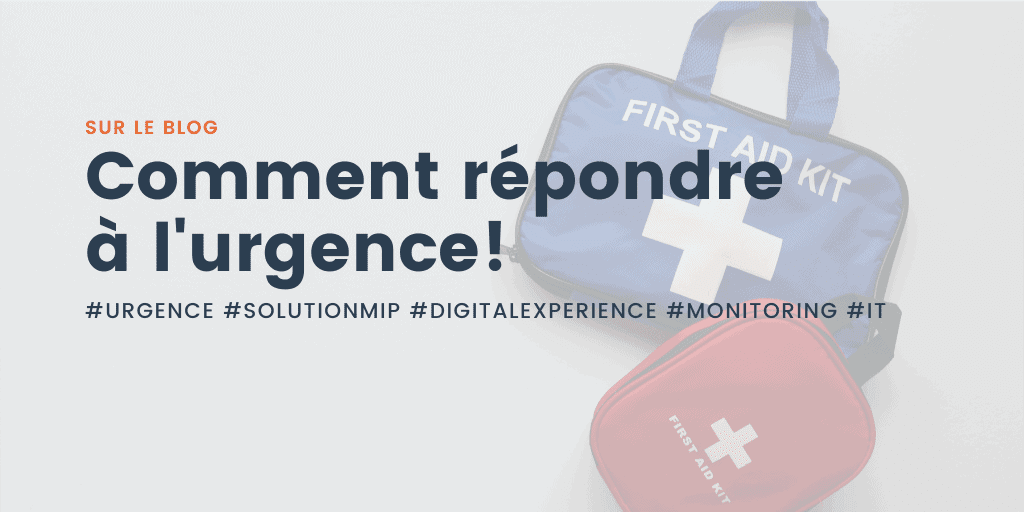
How to respond to the IT emergency!
What is your definition of IT emergency?
By default the definition of an IT emergency must be linked to the inherent business. This is when business cannot be done because of an IT resource, in the broadest sense. There are generally 2 types of emergencies:
- The one where work is made impossible
- And the one corresponding to a loss of efficiency which degrades the working conditions (subjective)
The more IT is used in production, the more serious the consequences of an IT failure or malfunction.
The most representative examples would be an e-commerce site that does not allow shopping cart validation and access to payment, a salesperson who cannot create a quote, a planning management software that is too slow, but also intermittent network services.
But these are also less visible effects. For example, a logistics management software that does not work and prevents trucks from leaving or delivering to the plant because of the lack of delivery note generations.
At one of our customers who uses mobile sales representatives, they could not use the application because of its slowness, and had to integrate all the orders at another time of day!
How do you realize this and respond to it?
Unfortunately, it is often user complaints that trigger the emergency. When they become numerous, they push decision-makers to act to manage a situation that is no longer tenable.
New leadership is pushing to resolve the issue before it becomes a full-blown crisis.
What is the right reflex in case of emergency?
The first reflex is measurement, and the factual observation associated with the problem. This observation requires a rapid deployment of the MIP solution, which is possible thanks to its new version.
This deployment is very fast. In 24 hours, it can be carried out and a report and a measurement strategy can be presented to the organization.
The accompaniment is decisive. Because it is necessary to have experience in managing these moments of crisis to provide a solution that is useful and effective. It is also important to have an unbiased view of the problem that is neutral to all stakeholders.
And what not to do?
We must avoid always being reactive, but rather proactive.
Once the emergency is resolved, regular monitoring should be implemented to ensure that the problem does not recur, and to monitor its application over the long term, and ensure that the right decisions are made to prevent future crises.
A regular review of the measurement strategy (applications evolve) and the alert strategy is essential.